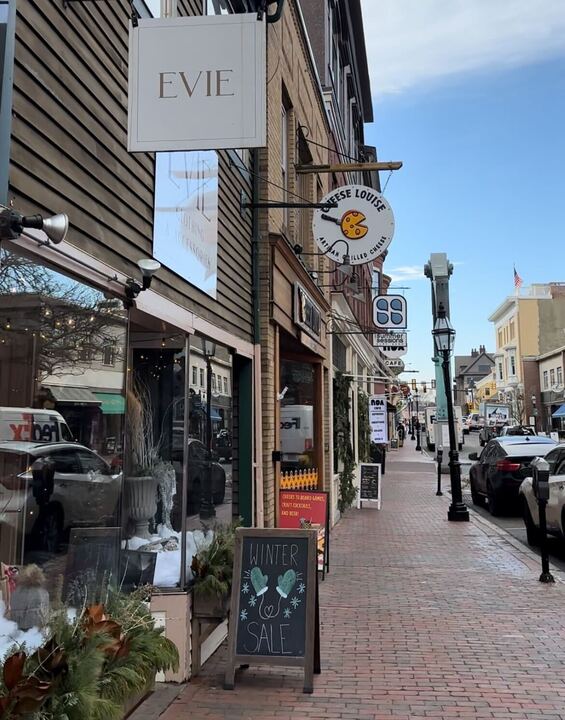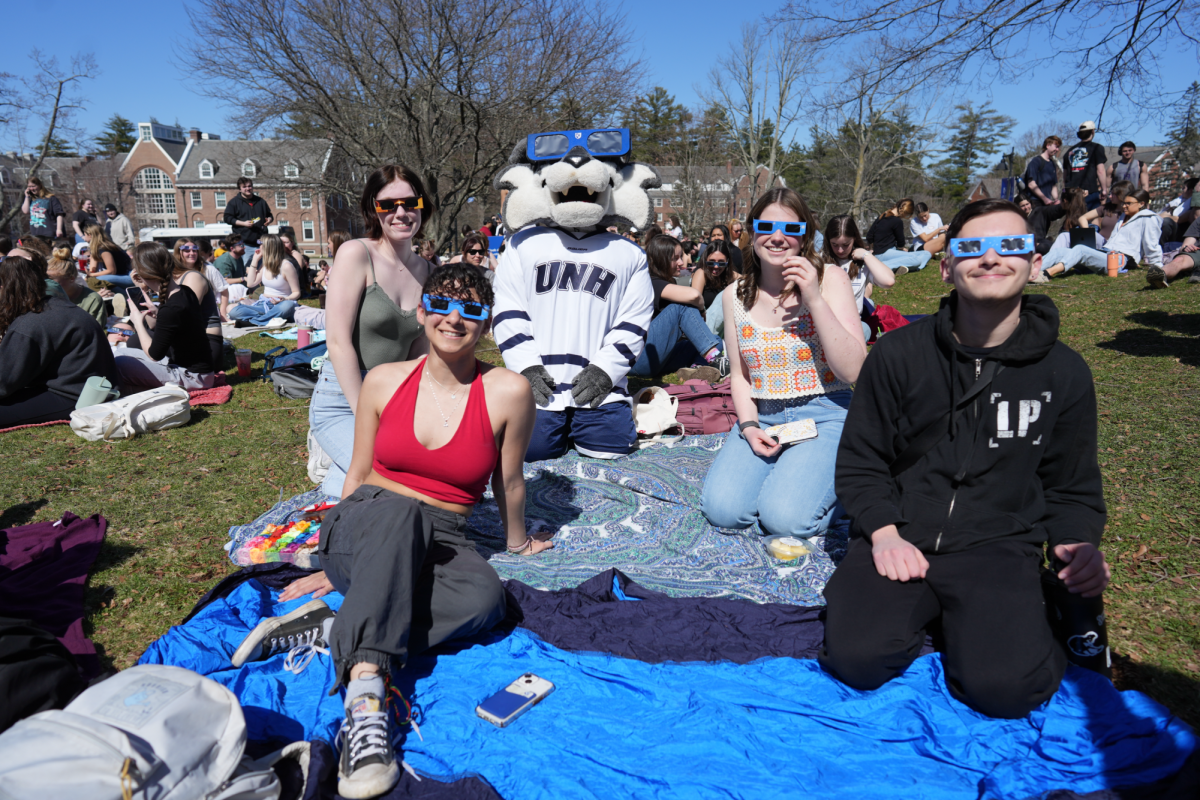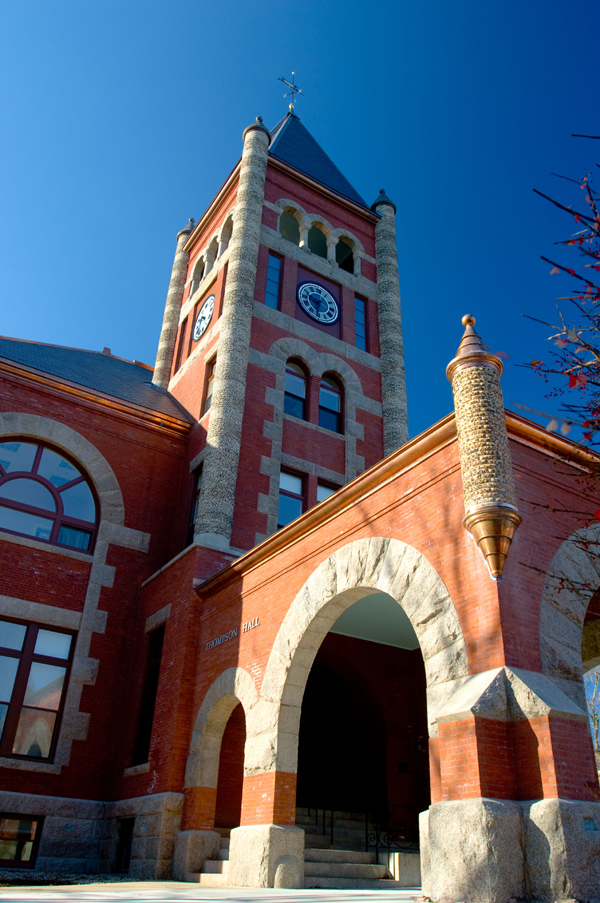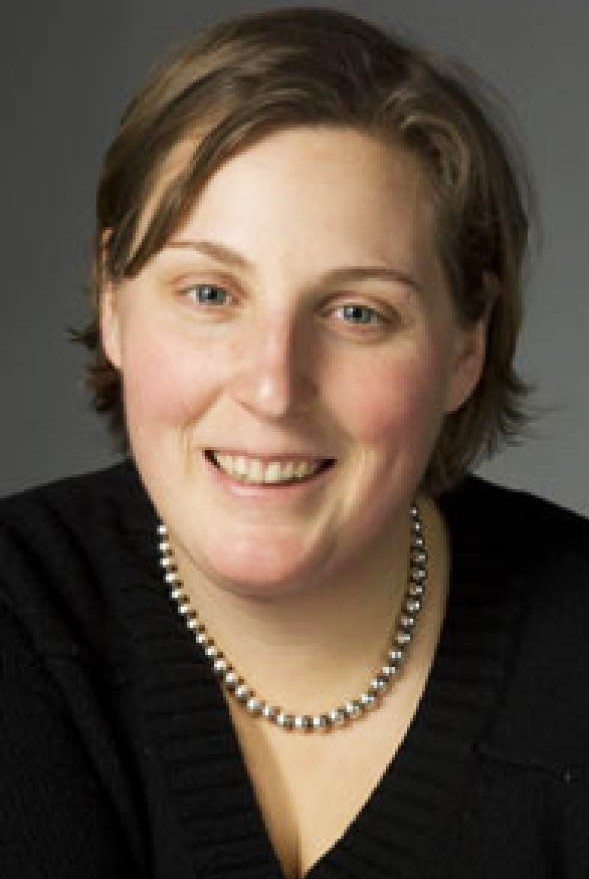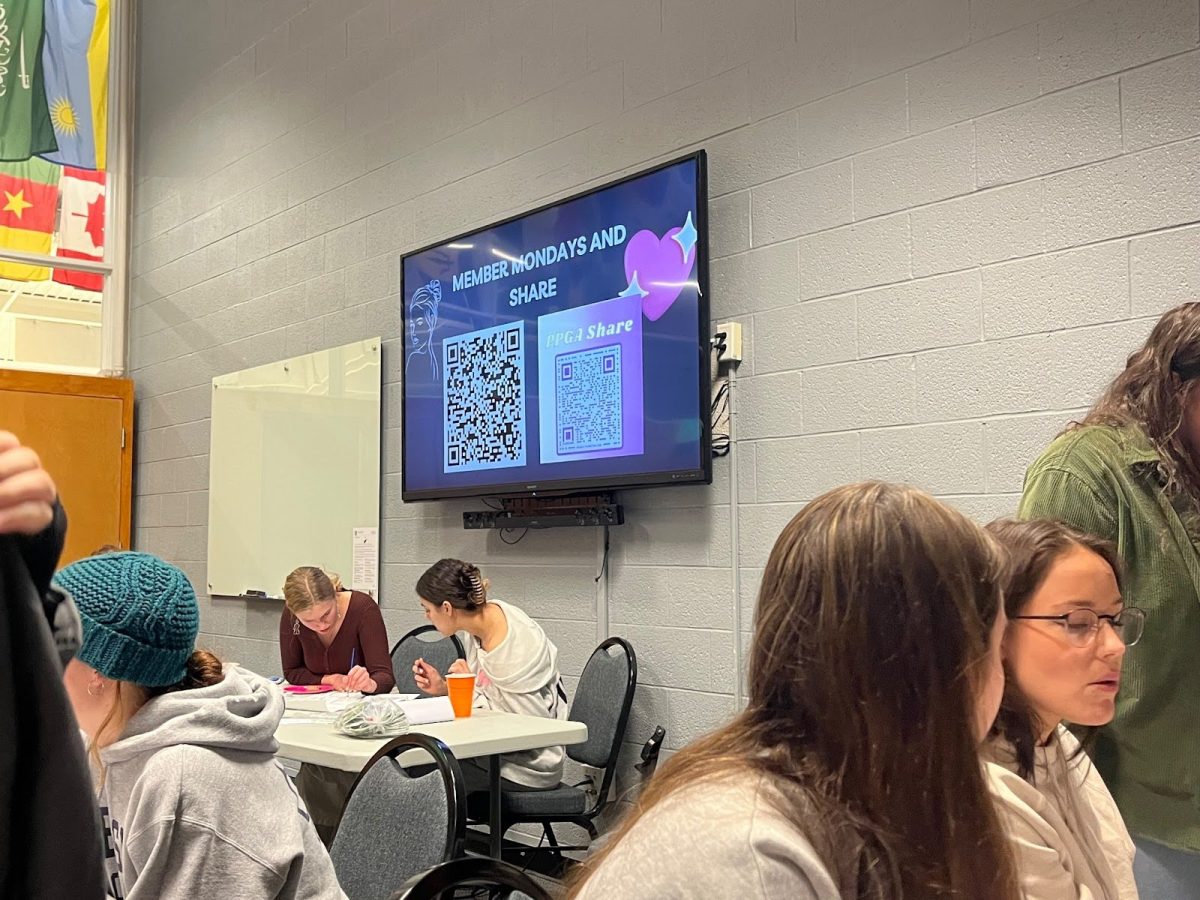For the last few years, Dr. Meghan Howey, chair of the Department of Anthropology within the College of Liberal Arts (COLA), has been digging around the Great Bay Estuary to study the “ecological shock,” as she termed it, that occurred after Europeans arrived to North America.
Howey is an anthropological archaeologist. In the United States, the study of archaeology, or the study of artifacts, falls under the anthropology umbrella, she explained, noting the variety of types of anthropologists defined by what exactly they focus on, such as language. For anthropological archaeologists, “[t]he aim is to use the past to understand societal change, behavior, humanity…We don’t just do archaeology from a historical angle to say what happened where, when, but why,” she said.
“My aim is first and foremost to use the past to understand broader social questions…The artifacts aren’t the point. It’s the people that made them,” she added.
A few years ago, Howey applied for, and became, the James H. Hayes and Claire Short Hayes Professor of the Humanities position. The position is supported by the Center for Humanities within COLA, as explained on the Center’s website. Faculty who receive the position are considered Hayes Chairs for five years and given annual funding to complete a New Hampshire focused humanities project. The first recipient began their position in 1993.
Howey’s Hayes Chair project reflects her research background. During her undergraduate career and for her Ph.D. dissertation, she focused on indigenous North American cultures. Her dissertation examined earthworks in the Great Lakes area, trying to determine the use of “enclosures,” examining sunken pits thought of as fortifications.
“Why don’t we frame these in questions about ritual and ceremony…I looked at them in that more anthropological lens of asking were these ceremonial spaces used by indigenous communities before contact,” she said. Her background, she noted, was in pre-contact indigenous communities, which referred to the time before indigenous communities encountered Europeans.
She has since described the earthworks in “Mound Builders and Monument Makers of the Northern Great Lakes, 1200-1600” published by the University of Oklahoma Press.
Today, her research and her Hayes Chair work mixes ecology with anthropological archaeology.
“What we…have is this really unique record of deep time interaction between humans and the environment, that’s really unparalleled; you can’t get that perspective anywhere other than in the archaeological record,” Howey said.
“I started to see the archaeological record as holding a lot of proxy data for ecology….This is the future of our discipline in a lot of ways: is how we can harness that data…these are archives of human extraction from the environment, of the human relationship from the environment…how we can harness those to inform…our contemporary ecological crisis…What is a sustainable interaction with the environment is in the archaeological record,” she said.
This led to her interest in the Great Bay Estuary, the topic of her Hayes Chair project. “There’s this great laboratory…for my questions about social and ecological systems.” The Great Bay Estuary has been human-occupied for centuries, beyond just European settlement, and as a result has seen many interactions with human society.
Her focal period is the 17th century.
“That’s when there’s an ecosystem that’s shocked by a cultural system,” she said, referring to the British settlement at that time in the Great Bay area.
The settlers were interested solely in financial gain from the area’s natural resources. Indigenous cultures in the area used natural resources, but not for the same goal: “[The British settlers] come here with a completely extractive approach to the environment…” whereas indigenous peoples harvested resources in “reciprocal, seasonal patterns.”
The lumber industry was dominant around the area, taking over not just forests but rivers, which, Howey said, were dammed, and water-powered mills built. Damming facilitated easy travel of felled trees that could be then used for ship masts.
“Every river that’s flowing into the Great Bay gets dammed…You go from an environment with zero mills, zero dams, water flowing, and you have 70 dams within a hundred years…It’s like a shock to the ecosystem by a social system.” The lumber industry, as a result, led to a multitude of ecological issues, such as deforestation and certain fish species being unable to return to the rivers in which they hatched, where these fish must be to spawn.
“This is the point of contact between indigenous peoples and the settlers,” she said. “In my research I work a lot with the Abenaki… These are colonial sites but this is indigenous space at the same time.”
She pointed out that popular understanding of indigenous-settler relationships being immediately hostile may be inaccurate. Howey has found colonial sites with indigenous artifacts, which suggests a positive relationship.
This relationship did become hostile, though, she said, incited by the spreading of hostility from King Phillip’s War, and that the lumber industry had created a lack of fish for the Abenaki to harvest—there was no food—even though the British settlers had signed, albeit skewed, agreements with these peoples guaranteeing fishing opportunity.
France, Britain’s enemy, took advantage of this. “The French see the resentment brewing among the Abenaki and they arm them,” Howey said.
“But they’re [the Abenaki are] still here…They survived, they resisted, they are still present too. And they’re interested in reclaiming these histories.”
The archaeology of her Hayes Chair project, called the Great Bay Archaeological Survey (GBAS), has revealed a variety of artifacts, such as cod bones in areas far from their current range. These bones are an indication of how much the ecosystem has changed since British settlement.
The time period of the GBAS also spans the Oyster River Massacre, where the Abenaki killed over 100 Oyster River settlers after being armed by the French, which Howey explained had complex reasoning and context.
However, the project and “My real interest is in these bigger questions: How can we harvest this information to answer big questions about our relationship with the environment? What were the economic forces at play that led to…overuse?”
The others involved in the GBAS come from a variety of backgrounds, as varied as organic gardening and law. She hopes the project will result in a “community-written book” understandable and accessible to people not familiar with the academic language of archaeology.
This community engagement, Howey feels, is “the spirit of the Hayes Chair.” Many Hayes Chairs have incorporated public engagement into their projects, although Howey was unclear if this was a required component.
The work Howey does as Hayes Chair also impacts her teaching, although this is not a requirement of being a Hayes Chair.
“My teaching and my research are seamless.” Howey said. She had noted that she does not consider teaching and research distinct entities: For example, Hayes materials and data are analyzed in class.
“Public outreach, my research, and my teaching are all the same thing…My students aren’t separate from my research. They’re the heart of it,” Howey said.
Howey will be teaching ANTH 514: Method & Theory in Archaeology next semester, though stressed it is rigorous, and recommends her fall semester ANTH 444 course for non-anthropology majors. Both courses include digging. She will also teach the online ANTH 412: Adventures in Archaeology over J-Term, which fulfills a social science discovery. Students interested in research opportunities, including lab work, should contact Howey at [email protected]. Howey welcomes summer volunteers for the GBAS, even if not anthropology majors or students; and welcomes visitors to ANTH 444, which digs Fridays 1:10-4 by Congreve Hall.

